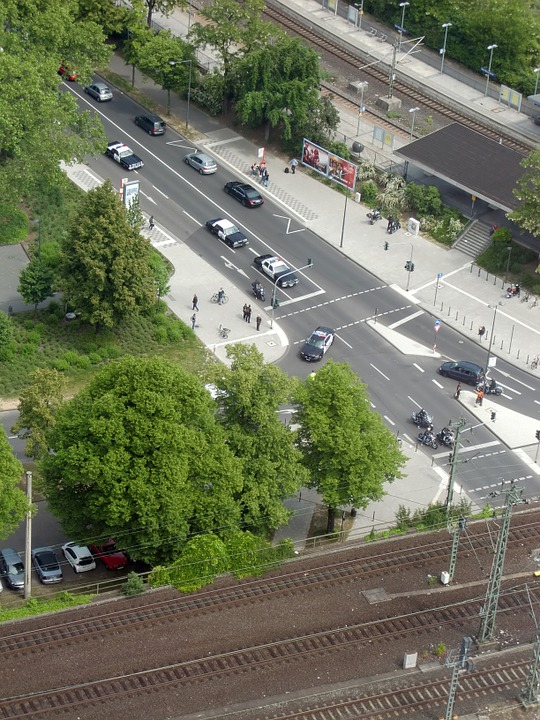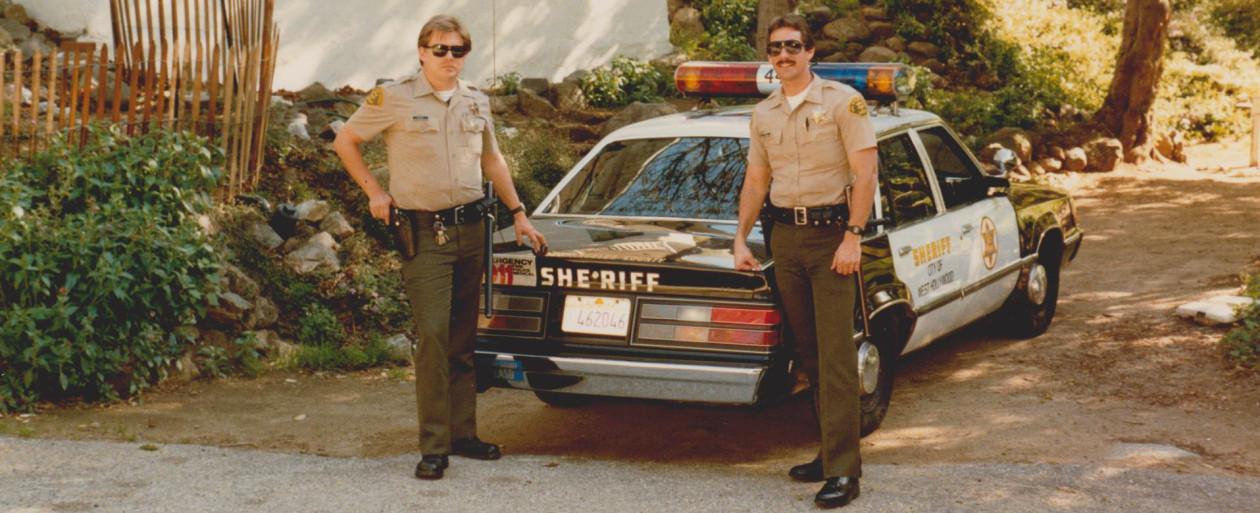Recently, two undercover California Highway Patrol officers fired their weapons on a moving vehicle, killing the driver and wounding the passenger. This incident has re-kindled the debate regarding when and if police officers should use this dangerous tactic of shooting at moving vehicles. What do you think?
In this particular incident the two CHP officers were in an unmarked car at night and part of a detail focusing on street racing. They were monitoring a “sideshow” where truck drivers were performing burnouts outside a swap meet. As officers closed in a 19 year-old male fled the area in a pickup at a high rate of speed.
The officers, driving in an unmarked car, followed the vehicle for several miles and tried to stop the driver as he drove into a residential cul-de-sac. The suspect driver made a U-turn and drove toward the officers, who opened fire. The driver died on scene. A passenger was shot in the arm and his injury was not life threatening.

Some law enforcement agencies consider this option too dangerous and have banned the tactic from their policy. The California Highway Patrol’s use of force policy allows officers to use deadly force to stop the commission of an assault with a deadly weapon, including situations where a moving vehicle is considered the weapon.
Under California state law, officers are allowed to use deadly force if they believe and fear their lives, or the lives of other, are under imminent threat.
Questions can be raised, when reviewing the law, tactics, and their department policy, if pursuing in an unmarked vehicle is appropriate, especially for this type of offense and at night. Also, was the suspect driver even aware he was being pursued by law enforcement officers? Were the officers able to identify themselves? Is it normal for the CHP to have unmarked vehicles pursue instead of having marked patrol vehicles designated during this type of operation to conduct these traffic stops?
More recently, a fatal shooting occurred in Chicago after an 18-year old male, who was driving a stolen Jaguar and was part of a group involved in a series of car thefts, crashed into police vehicles after driving toward the officers. Departmental policy for Chicago Police Department specifically bans shooting at a vehicle when it is the lone threat to officers.
This particular incident also brought up several tactical issues such as taking proper cover, placing oneself in harm’s way, shooting at a vehicle once it has past the threshold of posing an immediate threat and is driving away from the officers, and background and cross fire considerations. The use of the body camera, which was instituted approximately one week prior to this Chicago incident, is also in question as the suspect was later chased into a backyard and shot either during the foot pursuit or while being handcuffed. The body camera of the officer who fired his weapon in the backyard was turned off until after the shooting.
Some agencies allow for shooting at moving vehicles as a last resort when the officer fears for his safety and his life is endangered. A key issue to evaluate is if the tactics used were proper considering the specific circumstances? Did the officer place himself in harm’s way and could the officer avoid the encounter by taking cover and or moving out of the way to safety?
Shooting at the driver of a moving vehicle is often not very effective and can be extremely dangerous as missed shots can hit bystanders or others in the vehicle, as was the case in the CHP incident. If the driver is injured and shot, the vehicle may become out of control and even more dangerous.
After weighing all of these issues, I believe that officers should have the option to use deadly force against the driver of a moving vehicle who is using that vehicle as a weapon against them or is firing a weapon from the vehicle or posing some other real threat. Especially, when they are legitimately in fear of their life, they used sound tactics, good judgment, and common sense. Each situation presents a unique set of factors that must be weighed on its own merit. I base this belief on my patrol experience and several years of analyzing, reviewing, and presenting significant use of force cases for the Executive Force Review Committee for the Los Angeles County Sheriff’s Department. #policeofficersshootingatmovingvehicles, #useofdeadlyforce, #lawenforcement, #californiahighwaypatrol, #chicagopolicedepartment
To follow me and or purchase my book, “Never Again”, please go to my website- https://billcweiss.com.
As a retired Lieutenant and 32-year veteran of the Los Angeles County Sheriff’s Department, Bill Weiss worked various patrol, custody, administrative, investigative, and special assignments. He has been an Incident Commander for several major tactical incidents. He is a graduate of the University of Southern California, with a Master’s degree in Public Administration.
